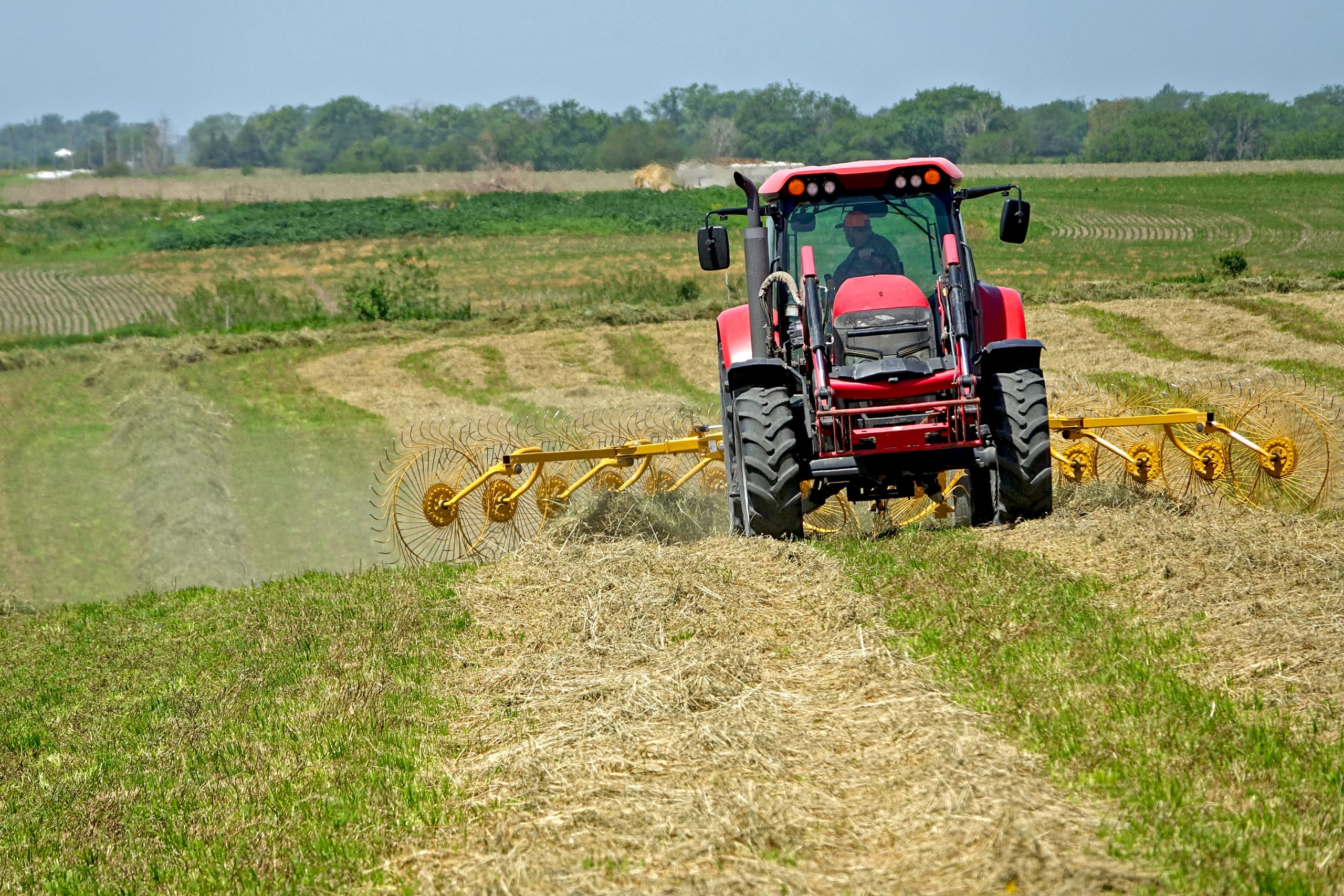State-By-State Hay Summary

Colorado—In the Oct. 10 report, compared to last report, trade activity and demand light. Hay movement slow as the haying season wraps up and silage is harvested. Prices steady on hay with trades to compare. According to the NASS Colorado Crop Progress Report for week ending Oct. 6, alfalfa third cutting 91%, fourth cutting 45%. Stored feed supplies were reported as 1% very short, 6% short, 74% adequate, and 19% surplus. Corn harvested for silage is 84%.
Missouri—In the Oct. 10 report, compared to last report, hay prices are steady to weak. The supply of hay is moderate to heavy and demand is light. Some late season hay is still being baled and there are a few reports of corn stalks being baled behind combines, even though hay stocks are in a much better situation than a year ago. The Oct. 7 crop progress report showed the supply of hay and roughages as: 15% surplus, 81% adequate, and 4% short. Compared to a year ago with hay supply at 29% adequate, 31% short, and 40% very short.
Nebraska—In the Oct. 10 report, compared to last report, bales of alfalfa and grass hay steady. Ground and delivered hay steady. Alfalfa pellets in the Platte Valley steady and in the east sold steady. Some producers are finishing up with fourth cutting alfalfa. Most producers are slowing down with the hay production and are moving on to corn harvest.
Oklahoma—In the Oct. 11 report, compared to the last report, the drought has worsened, and there looks to be no rain in the forecast. Grass has stopped growing and the barns are still full of hay. Even with the drought, the hay trade is at a standstill with some moments of hay only to long-time customers. Next report will be released Oct. 25.
Texas—In the Oct. 4 report, compared to last report, hay prices are mostly steady across all regions. Hay movement and demand remain limited. Producers in the south have received some timely rains allowing for a third cutting despite irrigation water being shut off to the valley following second cutting. The majority of the hay put up in that region has been in the utility to fair category, but some higher quality hay is beginning to hit the stacks now. Producers in the far west are experiencing drought conditions. Next report will be released Oct. 18.
South Dakota—In the Oct. 11 report, compared to last report, demand and movement for all hay has been extremely slower than normal, producers are saying it has been quiet. Most producers are stating corn harvest and what hay that is being sold is going out of state.
New Mexico—In the Oct. 11 report, compared to last week, hay is steady demand is light with not much movement. According to the NASS, New Mexico Crop Progress report Oct. 6, alfalfa hay is in the fifth cutting with 82% complete, sixth cutting 20% complete. Hay and roughage supplies were reported as 8% very short, 31% short, 54% adequate, and 7% surplus, compared with 15% very short, 30% short, 45% adequate, and 10% surplus last week.
Wyoming—In the Oct. 10 report, compared to the last report, hay sold steady on a thin test of the market. Cubes and pellets steady. Demand is light to moderate. According to the NASS as of Oct. 6, alfalfa hay is in the third cutting with 65% completed.
Montana—In the Oct. 11 report, compared to last report, hay sold mostly steady. New crop hay continues to see slow, but steady movement. Demand for hay was light to moderate but is seeing some improvement as ranchers start to market their calves. Many producers have tests out on third cutting and are waiting to see the results before pricing their hay. Producers report that third cutting looked very good going into the bale. Demand from western states are light as prices remain at or lower than where hay is currently priced in Montana. Much of the western and central portions of the state are in the finishing up third cutting, while the eastern and southern portion of the state are finish for the season.



